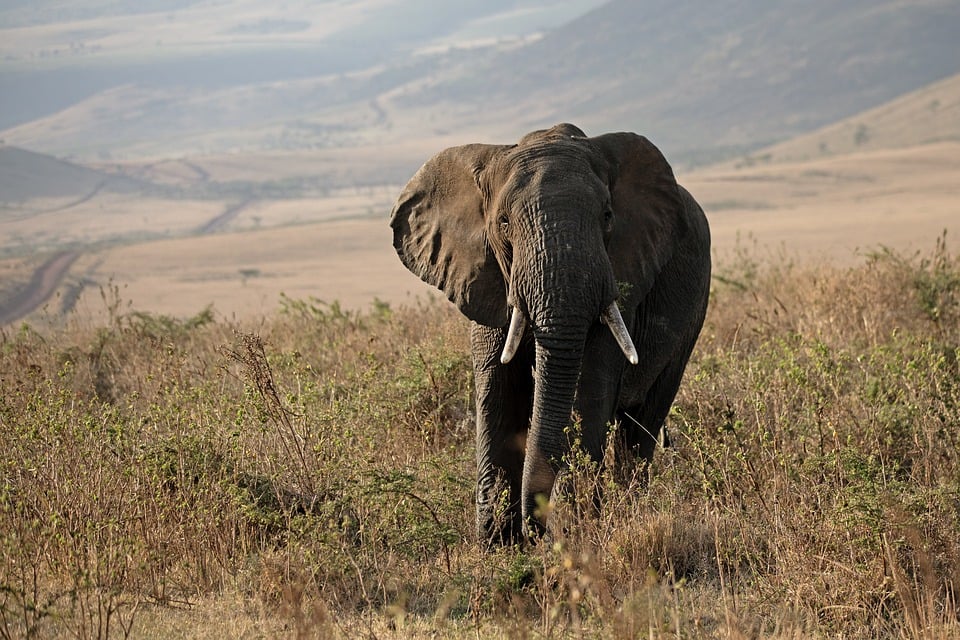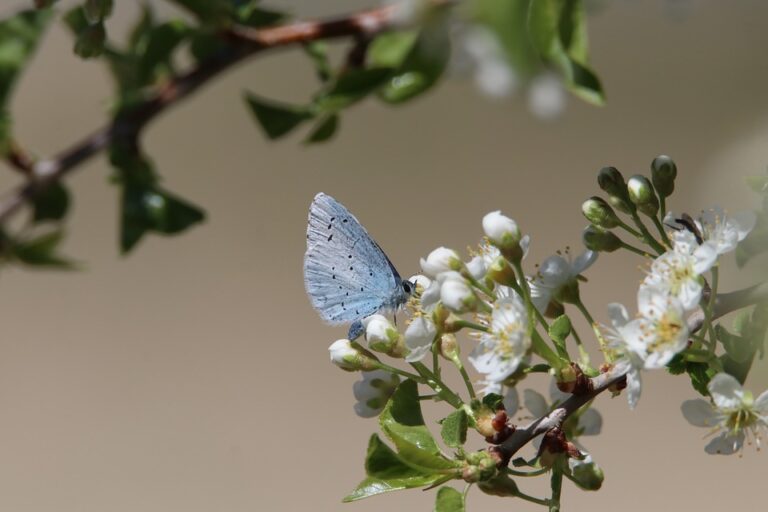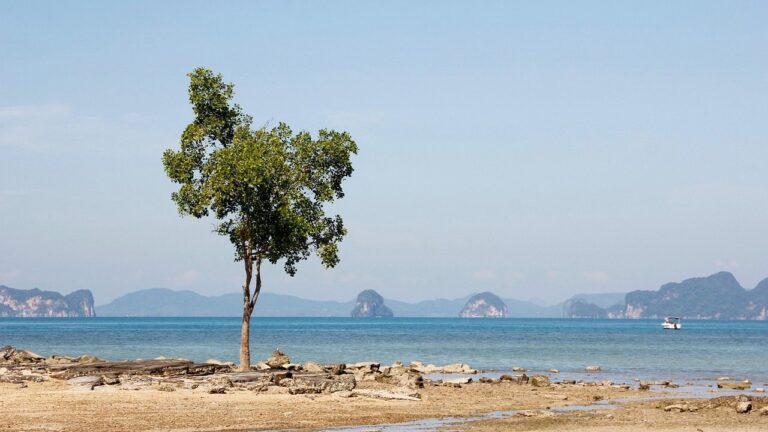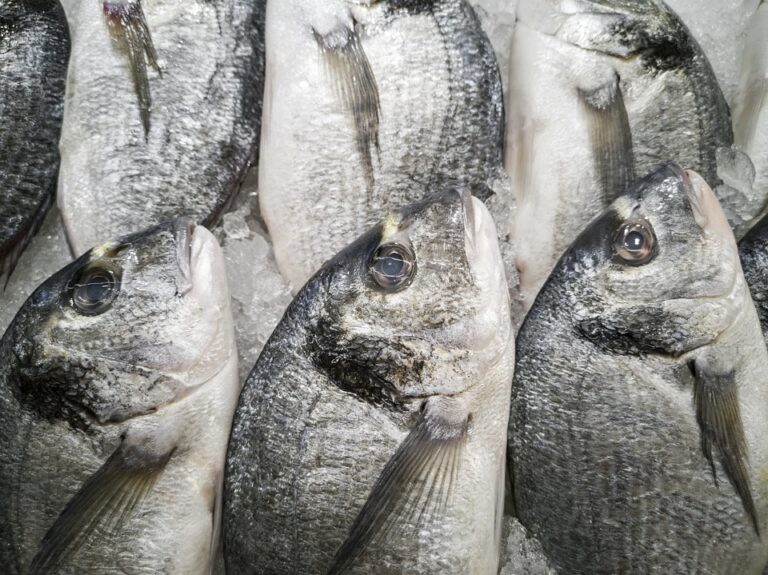Understanding Wildlife Conservation Efforts

Wildlife conservation is an essential practice aimed at protecting animal species and their habitats. The increasing rates of extinction and habitat destruction pose significant threats to biodiversity.
With the planet’s ecological balance at stake, it is crucial to understand and support conservation efforts.
The Importance of Biodiversity
Biodiversity is vital for ecosystem stability, human survival, and the health of our planet. It encompasses the variety of life forms on Earth, from the smallest microorganisms to the largest mammals.
The loss of biodiversity can disrupt ecosystems, leading to consequences such as food scarcity and increased vulnerability to natural disasters.
Threats to Wildlife
Wildlife faces numerous threats, including habitat loss, climate change, pollution, and poaching. Deforestation and urbanization lead to habitat destruction, which is the primary cause of species extinction.
Climate change alters natural habitats, affecting food availability and breeding patterns. Pollution, particularly in oceans, harms marine life, while poaching and illegal wildlife trade target endangered species for profit.
Global Wildlife Conservation Efforts
Several international organizations and treaties focus on wildlife conservation. The Convention on International Trade in Endangered Species of Wild Fauna and Flora (CITES) regulates the trade of wild animal and plant species to ensure their survival.
The International Union for Conservation of Nature (IUCN) maintains the Red List, an essential tool for tracking the conservation status of species.
Protected Areas and National Parks
Establishing protected areas and national parks is one effective strategy for conserving wildlife. These areas safeguard habitats and provide a refuge for endangered species.
The Yellowstone National Park in the USA and the Serengeti National Park in Tanzania are prime examples of successful conservation areas that protect diverse ecosystems.
Community-Based Conservation
Community-based conservation involves local communities in wildlife protection efforts. By empowering communities and providing them with resources and education, conservation projects can achieve sustainable results.
These initiatives often result in improved livelihoods for local people, fostering a sense of stewardship for the environment.
Technological Innovations in Conservation
Technology plays a significant role in modern conservation efforts. Drones, camera traps, and GPS collars are used to monitor wildlife populations and track movements. These tools provide valuable data, enabling conservationists to make informed decisions and develop effective strategies.
Artificial Intelligence and Machine Learning
Artificial intelligence (AI) and machine learning are revolutionizing wildlife conservation. AI algorithms can analyze vast amounts of data, identifying patterns and predicting potential threats.
This technology aids in monitoring poaching activities, assessing habitat changes, and managing wildlife populations more efficiently.
Success Stories in Wildlife Conservation
Several species have been brought back from the brink of extinction through dedicated conservation efforts. The giant panda is one such success story. Thanks to habitat restoration and anti-poaching measures, the giant panda’s status improved from “endangered” to “vulnerable” on the IUCN Red List.
The Return of the Bald Eagle
The bald eagle, an iconic symbol of the United States, faced near extinction due to habitat destruction and pesticide use. Conservation measures, including legal protection and banning harmful pesticides, have led to a remarkable recovery. Today, the bald eagle is no longer considered endangered.
Challenges in Wildlife Conservation
Despite successes, wildlife conservation faces numerous challenges. Limited funding, political instability, and conflicting interests often hinder conservation efforts. Additionally, balancing human development with wildlife protection remains a complex issue.
Human-Wildlife Conflict
Human-wildlife conflict occurs when animals and humans compete for resources. This conflict can result in the loss of crops, livestock, and even human lives, leading to retaliatory killings of wildlife. Addressing this issue requires innovative solutions that benefit both communities and wildlife.
How You Can Help
Everyone can contribute to wildlife conservation. Simple actions, such as reducing waste, supporting sustainable products, and advocating for conservation policies, can make a difference. Volunteering with conservation organizations or participating in citizen science projects are excellent ways to get involved.
Conclusion
Wildlife conservation is a collective responsibility that requires global cooperation and commitment. By understanding the importance of biodiversity and supporting conservation efforts, we can ensure a thriving planet for future generations.
Together, we can make a difference in preserving the natural world and its incredible diversity.






